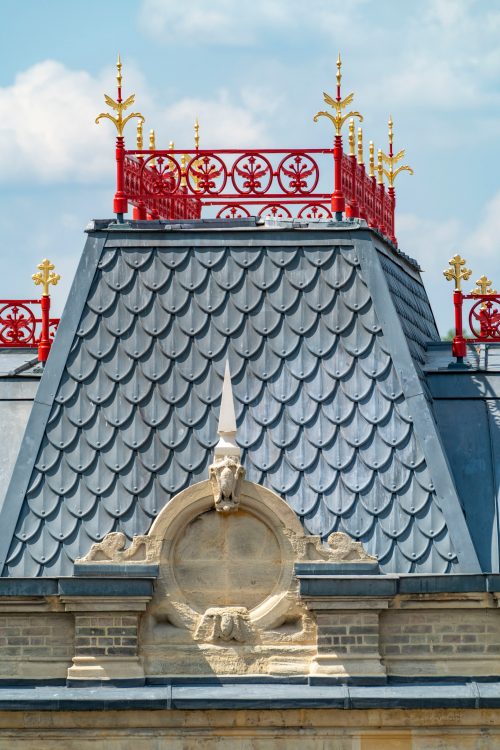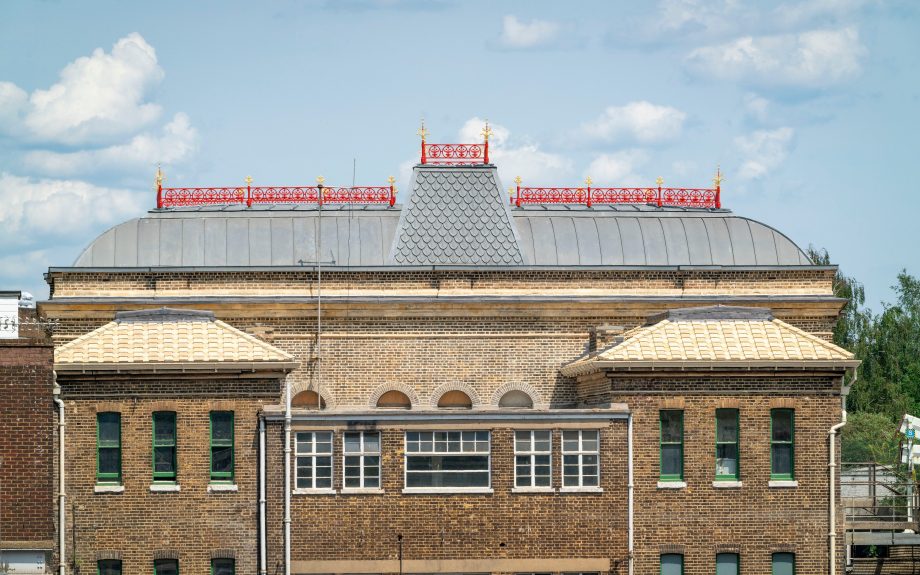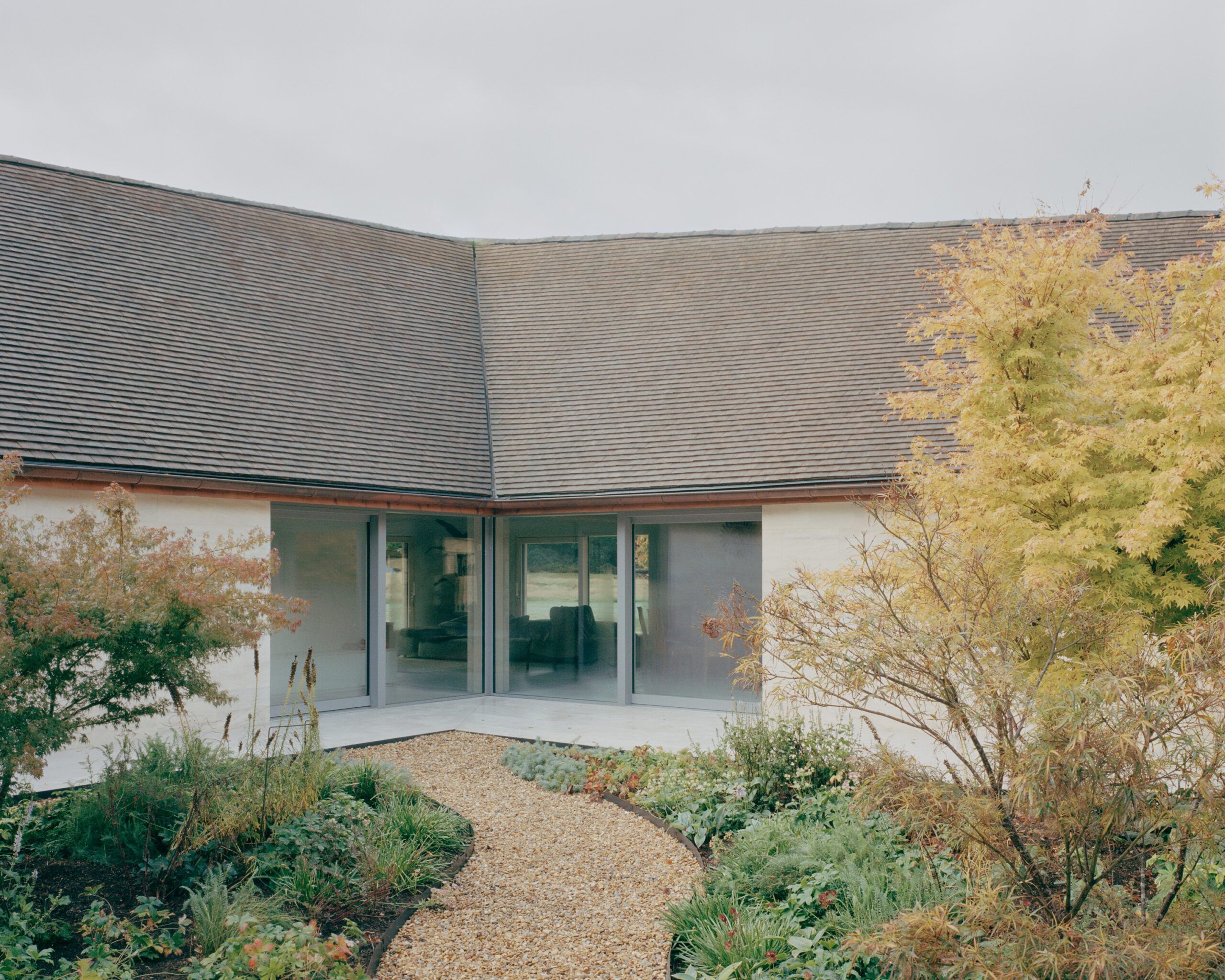Peckham Rye Station, designed by noteworthy Victorian railway architect Charles Henry Driver in 1865, is a Grade II listed railway station in South London. It was built with five separate platforms, but over the years it had two significant re-orderings, losing much of its original detail. In the 1930s a shopping arcade was constructed in the former station forecourt, which met the busy shopping street, Rye Lane.
This project was funded by Network Rail with co-funding from the Railway Heritage Trust and the Heritage of London Trust, the restoration work is expected to stand for another 100 years once complete.
The design and conservation work were led by the local practice, Benedict O’Looney Architects, which have helped initiate six earlier restoration projects at the station, leading to the station’s recent comprehensive external restoration.
This restoration project was complex due to the requirement that the station was fully operational at all times, and as the building was listed, there was close scrutiny of the materials and detailing.
Benedict O’Looney Architects’ earlier projects at the station included unbricking windows closed up in the 1960s, restoring the internal cast iron and stone stairs and opening up a large abandoned waiting room at the station’s platform level. One of the main tasks in the external restoration project was to clean the brickwork, repair the roof and prepare the station to open the long-disused waiting room to the public for community use. Among the different areas of the renovation, the re-tiling of the roof proved to be a substantial task which had an impressive visual impact.
The original contract drawings and period photographs clearly showed that the four wing roofs had clay tiles, which were lost in the inter-war period. The architects were aware that similar Victorian patent tiles had been recreated by Keymer for Leatherhead Station, also built by the London, Brighton & Southcoast Railway’s architect, Charles Henry Driver, in the 1860s.
Working from black and white historic photographs, the initial assumption was that the roof tiles were red clay as used at Leatherhead Station. However, during the restoration of Peckham Rye Station’s south stair, fragments of the original roof tiles were found, showing them to be a distinctive buff colour, which beautifully matched the external brickwork. The architects shared the fragments with wienerberger who usefully came back with a technique for matching the original tile colours.







